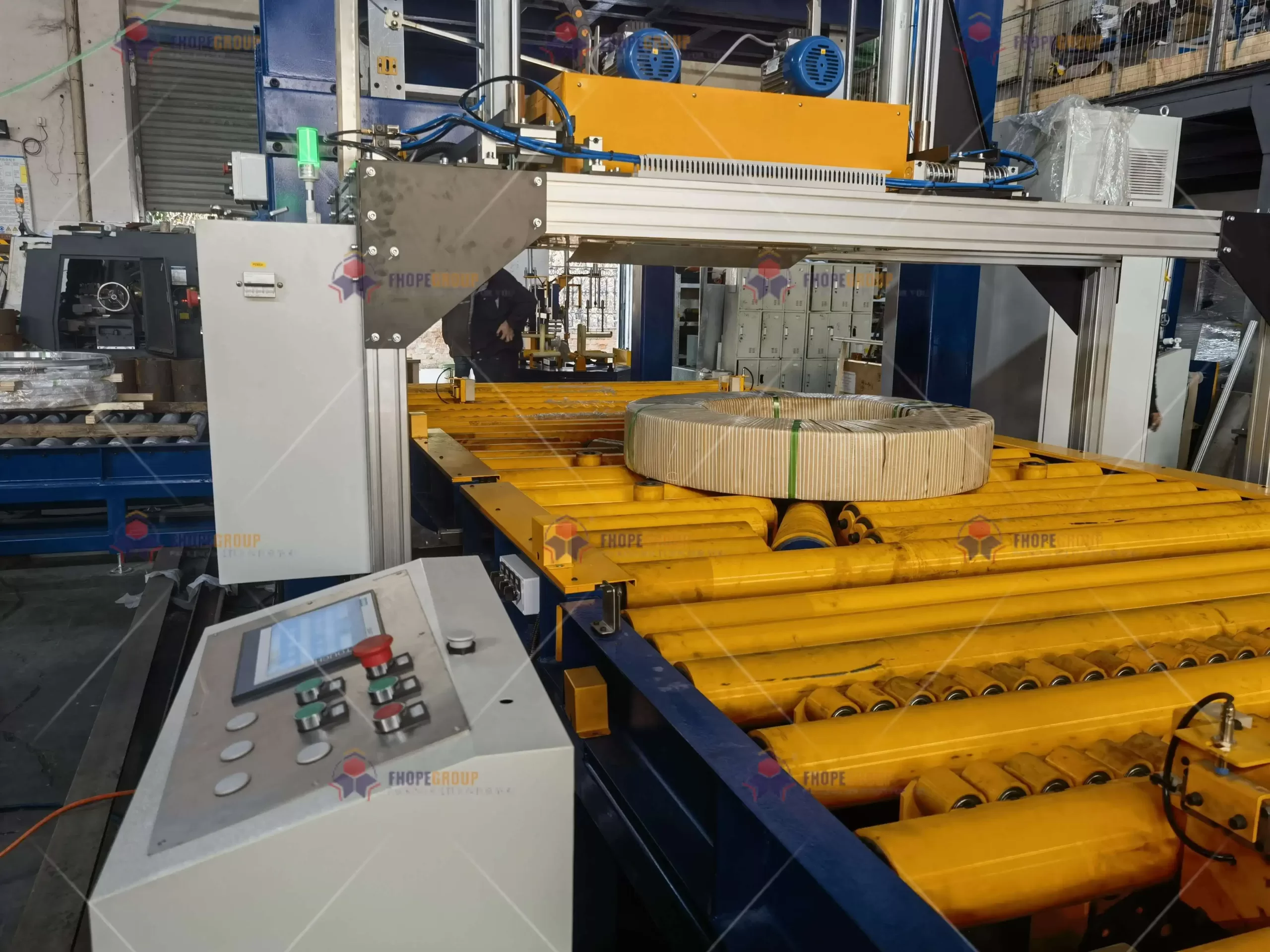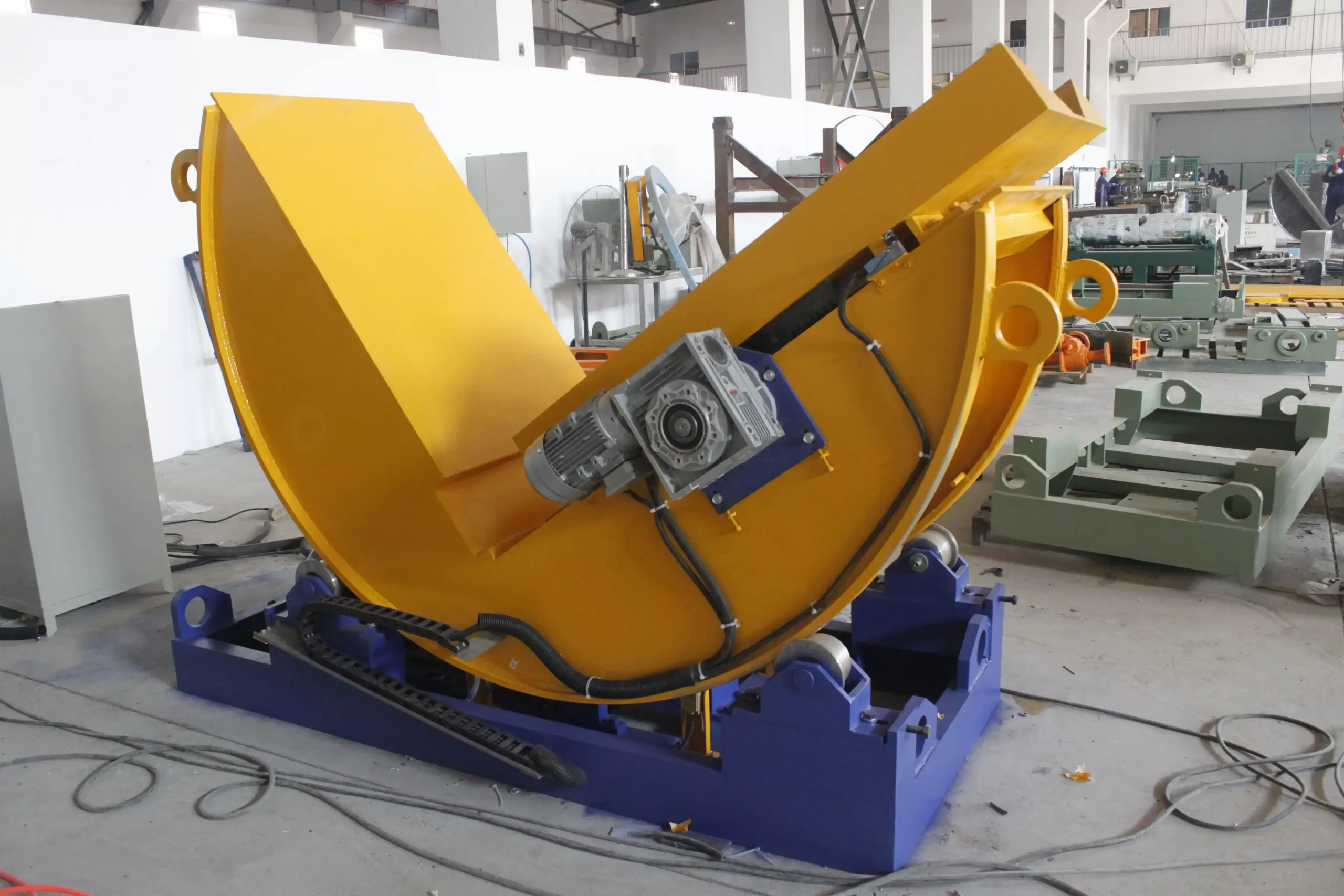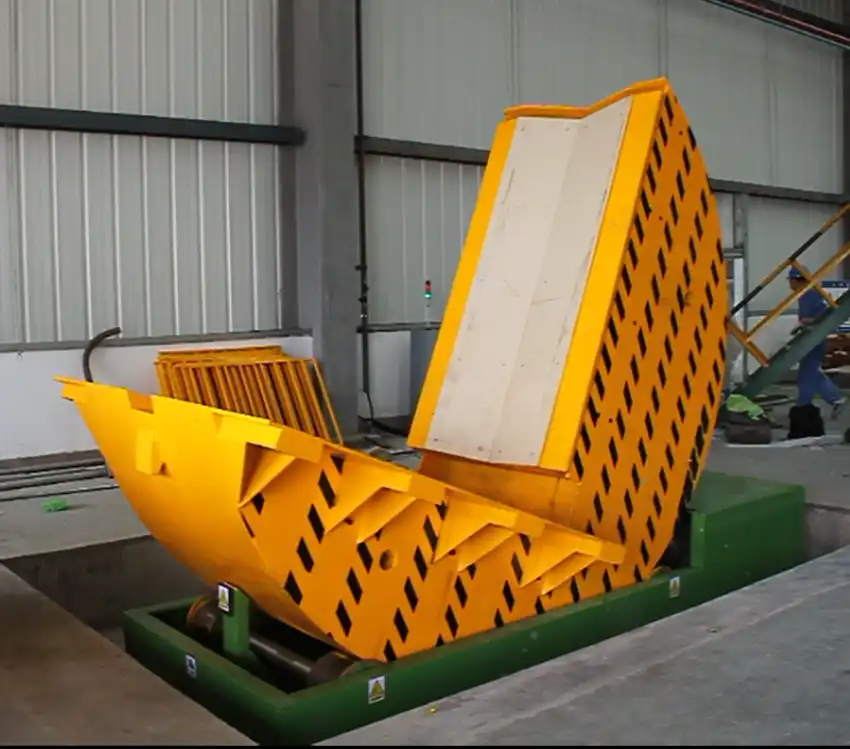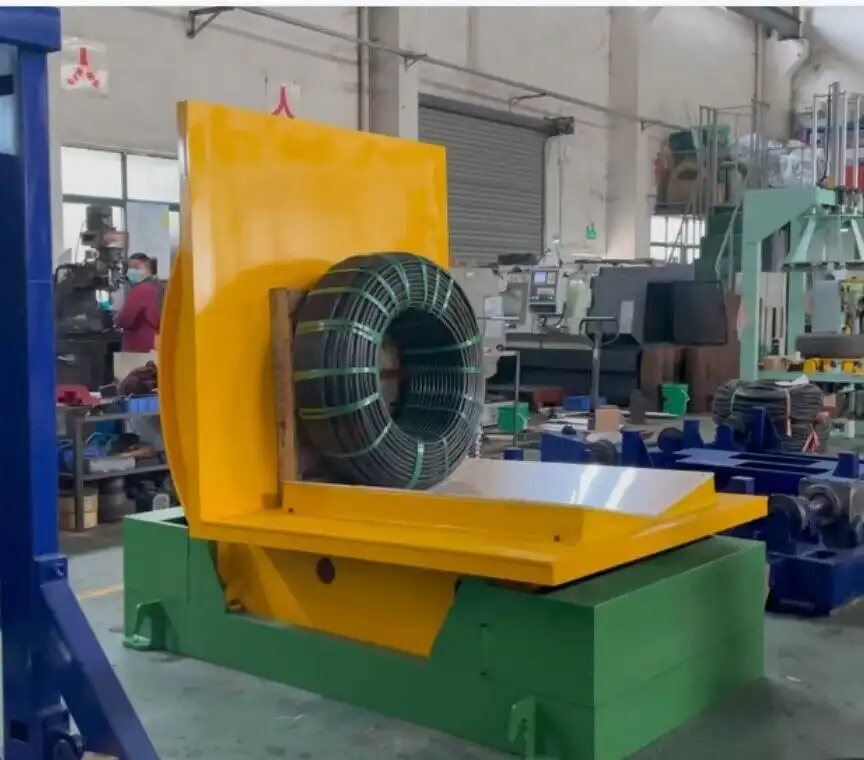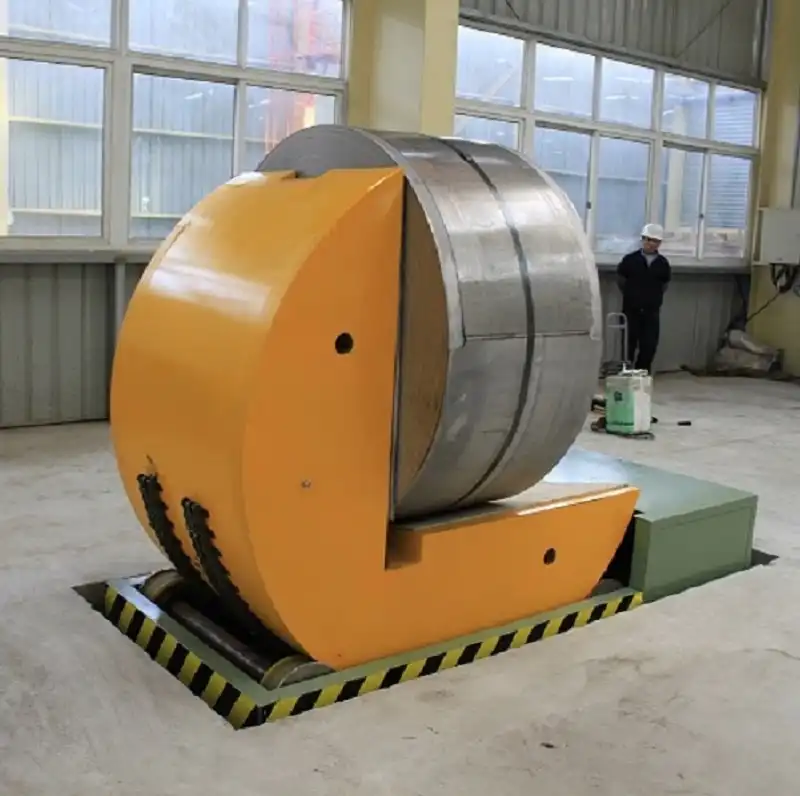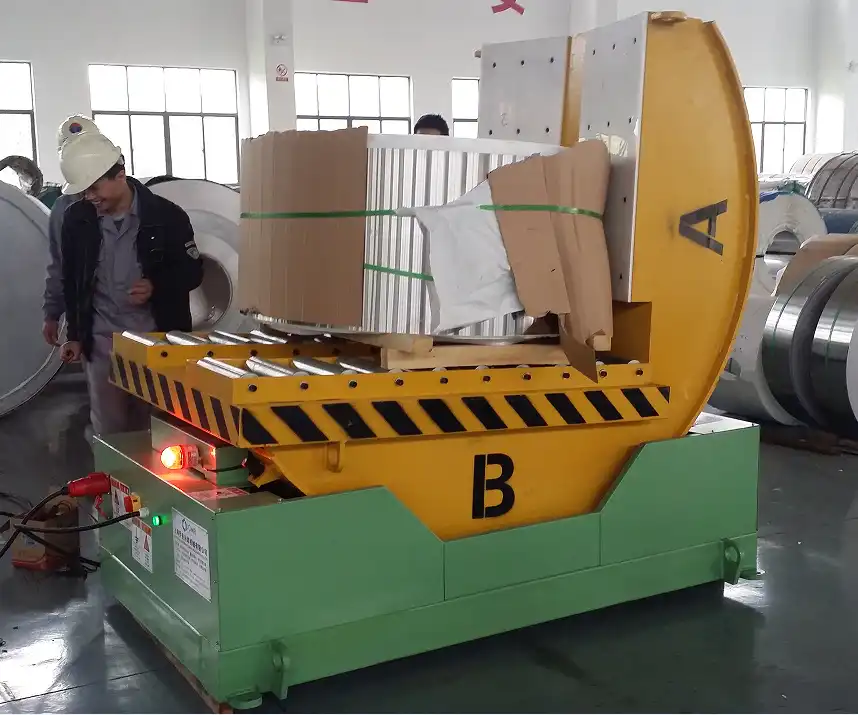Efficient cryogenic packaging solutions are vital for safely transporting and storing LNG pipeline coils, guaranteeing thermal integrity and preventing boil-off gas. Proper insulation maintains the low temperatures needed for LNG. This packaging is essential for LNG infrastructure development.
The Critical Role of Cryogenic Packaging in LNG Pipelines
Liquefied Natural Gas (LNG) is a crucial energy source, especially as the world transitions to cleaner alternatives. Transporting LNG effectively hinges on maintaining its extremely low temperature of approximately -160°C (-256°F). This requires specialized packaging solutions that can withstand cryogenic conditions and prevent the natural gas from reverting back to its gaseous state (boil-off). The pipeline infrastructure needs to be properly packaged to ensure it can withstand the rigors of transport and storage. The high-performance of the insulated cryogenic pipelines have been qualified by DNV-GL and several operators.
Why is Cryogenic Packaging Essential?
- Thermal Insulation: Prevents heat transfer, maintaining the LNG in its liquid state.
- Safety: Reduces the risk of leaks, explosions, and other hazards associated with volatile substances.
- Efficiency: Minimizes boil-off gas, preserving the quantity of LNG.
- Structural Integrity: Protects the pipeline coils from external damage during transportation and storage.
- Modular Designs: The modular design of cryogenic packaging systems permits flexibility in adapting to different LNG project requirements.
Understanding LNG Pipeline Coil Challenges
LNG pipeline coils, which connect various components of LNG infrastructure, face unique challenges. These include:
- Extreme Temperatures: Packaging must withstand and maintain temperatures as low as -160°C. Izoflex LT® cold insulation requires that only 2 inches of insulation is typically required for LNG applications, therefore enabling a compact cryogenic pipeline.
- Thermal Expansion and Contraction: Materials must be chosen to accommodate expansion and contraction during temperature fluctuations. Alloy 36Ni has an expansion coefficient 10 times inferior to traditional stainless steel.
- Vibration and Movement: Transportation subjects the coils to vibration and potential impacts during transit.
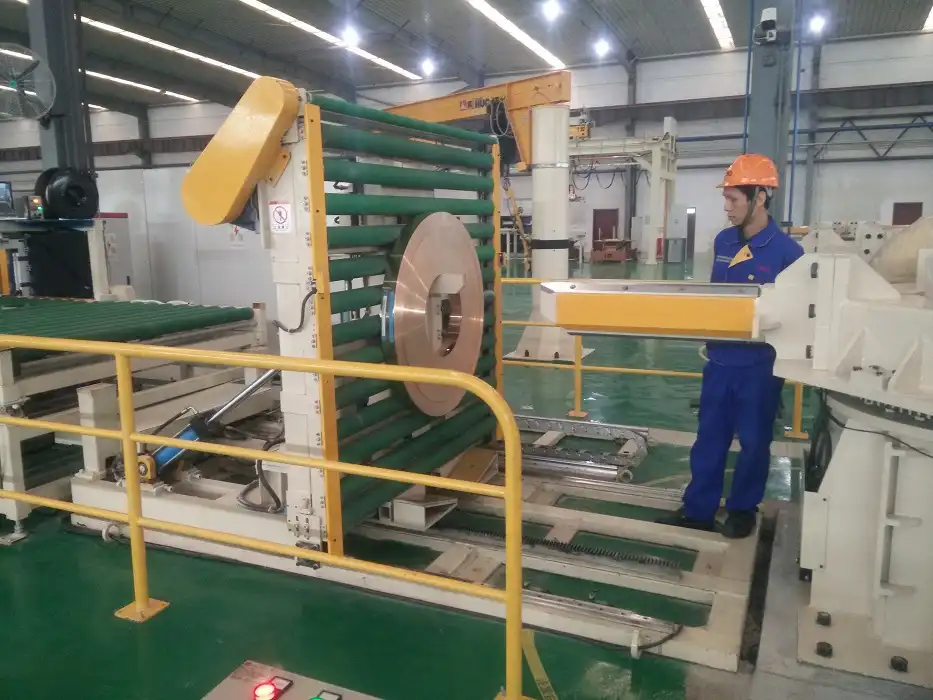
- Space Constraints: Packaging needs to be compact to allow for efficient transport and storage.
Types of Cryogenic Packaging Solutions
Several packaging options exist, each with its own advantages and suitability for specific LNG pipeline coil applications:
- Vacuum-Insulated Packaging:
- Relies on a vacuum between two layers to eliminate heat transfer via conduction and convection.
- Highly effective for maintaining extremely low temperatures.
- Typically consists of inner and outer vessels with a high vacuum in the annular space.
- The vacuum space may also contain multi-layer insulation (MLI) to further reduce radiant heat transfer.
- Leak detection orders are magnitudes more sensitive than traditional mass systems.
- Foam-Insulated Packaging:
- Uses polyurethane or other closed-cell foam materials to provide insulation.
- More cost-effective than vacuum insulation.
- Suitable for less demanding cryogenic applications.
- May be susceptible to moisture absorption over time, reducing insulation effectiveness.
- An extremely low coefficient of thermal expansion provides additional safety in the event of a leak.
- Vacuum-Insulated Packaging:
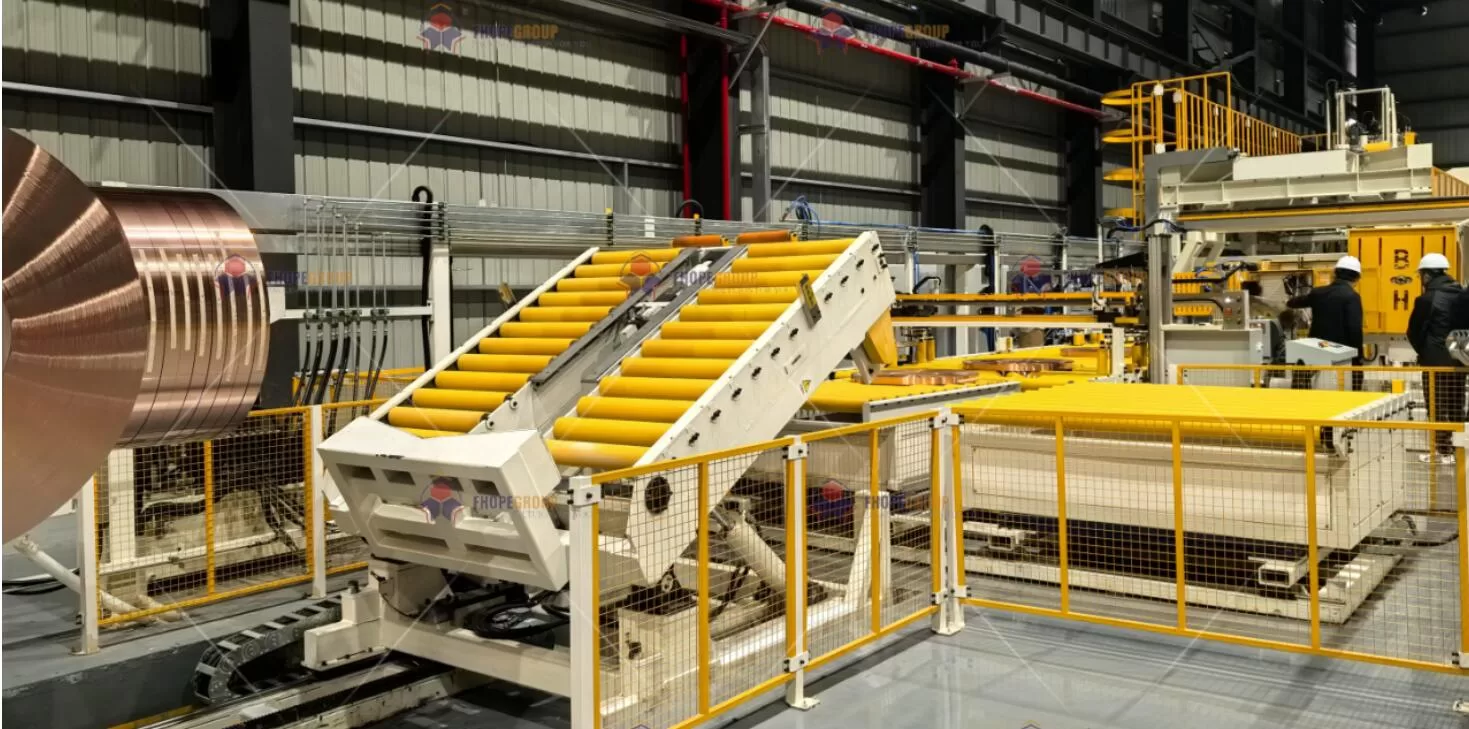
- Multi-Layer Insulation (MLI):
- Comprises multiple layers of highly reflective material separated by a vacuum.
- Reduces radiant heat transfer to a minimum.
- Often used in conjunction with vacuum insulation for enhanced performance.
- Adds complexity and cost to the packaging system.
Key Considerations for Selecting a Cryogenic Packaging Solution
- Temperature Requirements: The specific temperature range that must be maintained.
- Transportation Method: Road, rail, or sea transport can influence packaging design and ruggedness.
- Storage Duration: The length of time the LNG pipeline coil will be stored.
- Budget: Balancing performance with cost-effectiveness.
- Regulatory Compliance: Adhering to industry standards and safety regulations.
Materials Used in Cryogenic Packaging
Selecting the right materials is crucial for cryogenic packaging to guarantee strength, thermal insulation, and compatibility with LNG. Here’s an overview: Material Properties Applications
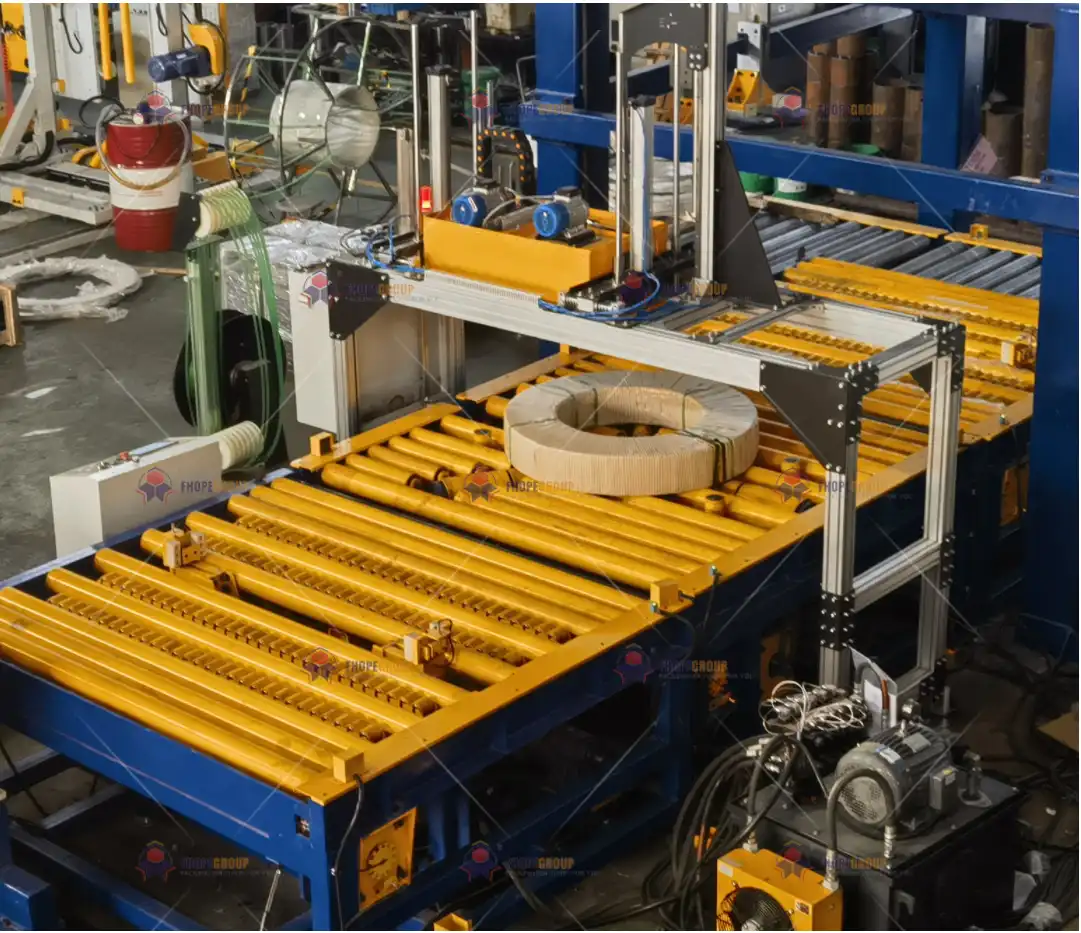
| Stainless Steel | High strength, excellent corrosion resistance, good weldability. | Inner and outer vessels, structural supports. |
| Aluminum Alloys | Lightweight, good thermal conductivity, suitable for low-temperature use. | Heat shields, MLI components. |
| Polyurethane Foam | Good insulation properties, relatively low cost. | Foam insulation for less demanding applications. |
| Expanded Perlite | Lightweight, good insulation properties, non-flammable | Filling the annular space in double-walled structures for additional insulation |
| 36Ni Alloy | Extremely low coefficient of thermal expansion, high strength at cryogenic temperatures. | Pipeline construction where minimal expansion and contraction are critical. |
| Composite Materials | High strength-to-weight ratio, excellent insulation properties. | Outer layers of packaging, structural components, replacing traditional materials for improved thermal performance. |
| Izoflex LT® | Lowest conductivity on the market and requires no maintenance | Cold insulation |
Innovative Technologies in Cryogenic Packaging
Advancements in materials science and engineering have spurred the development of innovative solutions in cryogenic packaging:
- Advanced Composite Materials: Offering increased strength, reduced weight, and superior insulation properties compared to traditional materials.
- Phase Change Materials (PCMs): Integrating PCMs within the packaging to absorb and release heat, stabilizing temperature fluctuations.
- Smart Packaging Systems: Incorporating sensors and monitoring devices to track temperature, pressure, and other critical parameters in real-time.
- Aerogel Insulation: Providing exceptional insulation performance in a thin and lightweight package.
- Automated Welding Techniques: Specialized welding helps to maintain the sensitive nickel-alloyed material.
Case Studies: Successful LNG Pipeline Coil Packaging

Several successful projects highlight the importance of effective cryogenic packaging:
- Gujarat Buried Cryopipe Project: Used high-performance PIP to limit boil-off gas and enable a fully constrained buried application.
- EEW Group Deliveries: EEW supplies fundamental elements for the construction of LNG terminals throughout the world with 36-nickel pipes that bring a lower coefficient of expansion.
- Various LNG Terminals High quality cryogenic pipes are a must have for LNG terminals.
Future Trends in Cryogenic Packaging
The cryogenic packaging industry is continuously evolving towards more efficient, sustainable, and intelligent solutions. Key trends include:
- Increased Use of Composites: Replacing steel and aluminum with composites for improved performance.
- Development of Bio-Based Insulation: Replacing traditional foam with more sustainable, environmentally friendly options.
- Integration of Data Analytics: Using real-time data to optimize packaging performance and improve efficiency.
- Standardization of Packaging Designs: Creating modular, scalable packaging solutions that can be easily adapted to different LNG project requirements.
Conclusion
Cryogenic temperature packaging solutions are critical for safely and efficiently transporting and storing LNG pipeline coils. By understanding the challenges, evaluating packaging options, and leveraging innovative technologies, stakeholders in the LNG industry can ensure the reliability and sustainability of their operations. As global demand for LNG continues to grow, the importance of advanced cryogenic packaging solutions will only increase, driving further innovation and improvements in this vital field.
